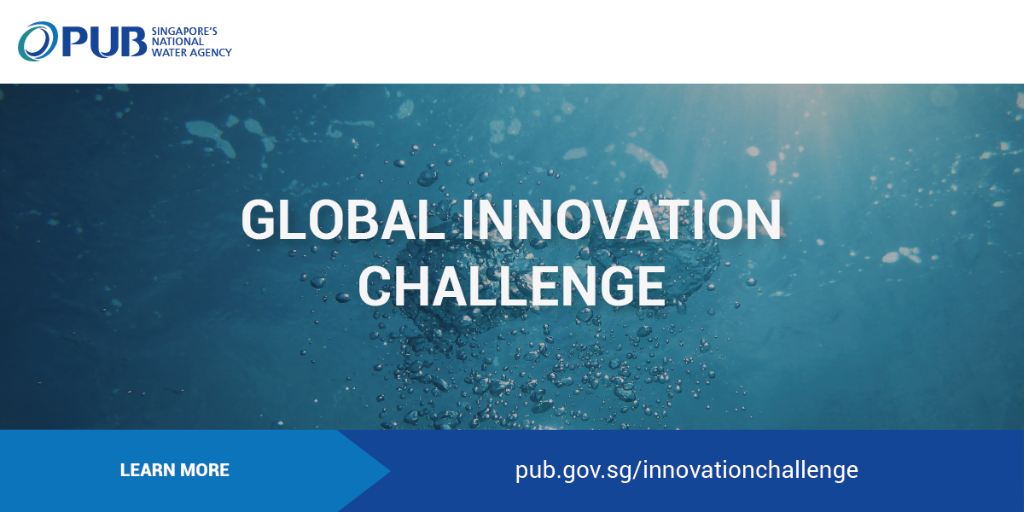As a low-lying island, Singapore is particularly susceptible to the threat of rising sea levels.
At present, about 70% of Singapore's coastline is protected from erosion by waves and storms, using structures such as concrete seawalls and stone revetments. The rest of the coast consists of natural areas such as beaches and mangroves.
The existing structures used for coastal protection measures typically take up premium waterfront land. For example, earth bunds are typically designed with slopes with 1:3 ratio for structural stability. In the event that taller bunds are required to protect against rising sea levels, it will not be sustainable to continue using 1:3 slopes, as it would take up premium waterfront land space to build coastal protection measures.
The existing coastal protection structures also typically do not allow provisions for subsequent add-ons or modifications to adapt to rising sea levels. The structures are designed and built based on the expected loading conditions with limited allowance to cater for future uncertainties, to achieve optimal design. Hence, if there is a need to extend the height of coastal protection measures, a major re-construction of the coastal protection structure is typically required.
